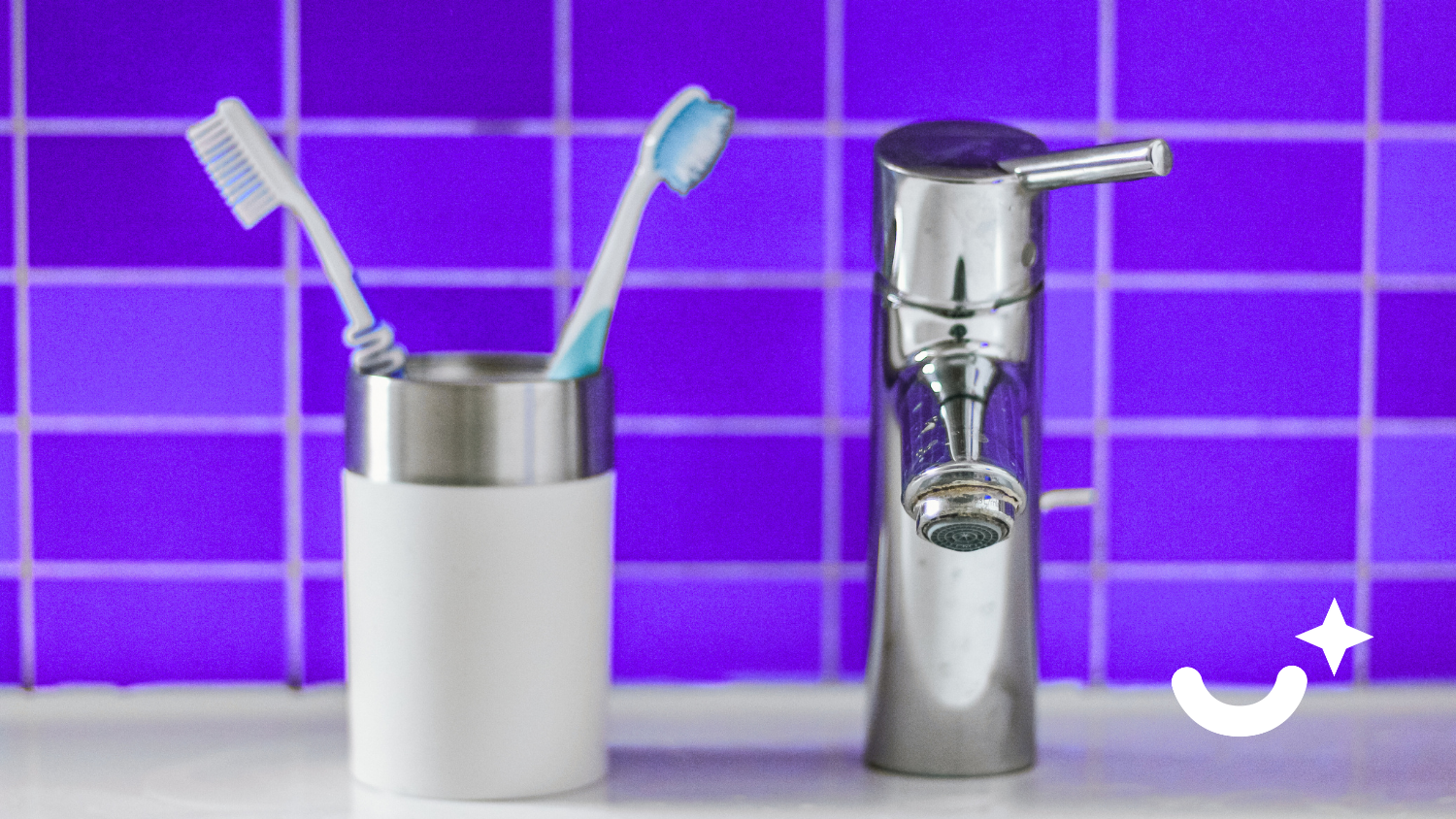Still Using That Toothbrush? You Might Want to Read This First
What’s Hiding in Your Toothbrush?
Every time you brush, your toothbrush collects bacteria, plaque, and food particles—and a quick rinse won’t wash it all away. Combine that with the warm, damp bathroom environment, and you’ve got the perfect breeding ground for bacteria, mold, and even yeast.
When Bristles Go Bad
Even if your toothbrush looks fine, worn bristles can’t clean effectively. They miss plaque, irritate your gums, and may even wear down enamel. In short: an old toothbrush can do more damage than good.
How Often Should You Replace It?
Every 3 to 4 months — or sooner if the bristles are fraying
Right after an illness — like a cold, flu, or strep throat
Anytime it looks worn — don’t wait for visible damage to start
How to Keep Your Toothbrush Cleaner
Rinse thoroughly after each use
Store upright in open air to dry completely
Keep it away from toilets and shared brush holders
Never share a toothbrush—even with family
Bottom Line
Your toothbrush is your first defense against cavities, gum disease, and bad breath. But if it’s old or dirty, it’s not helping you—it’s hurting you.
If you can’t remember the last time you changed it, it’s probably time.
Toss it. Replace it. Your mouth will thank you.


